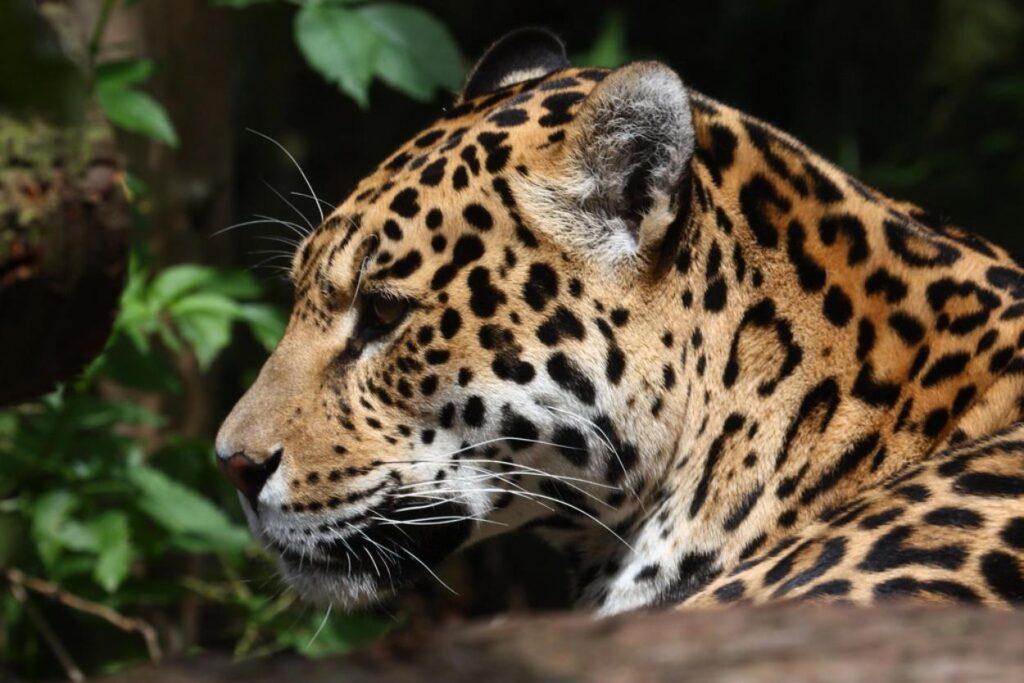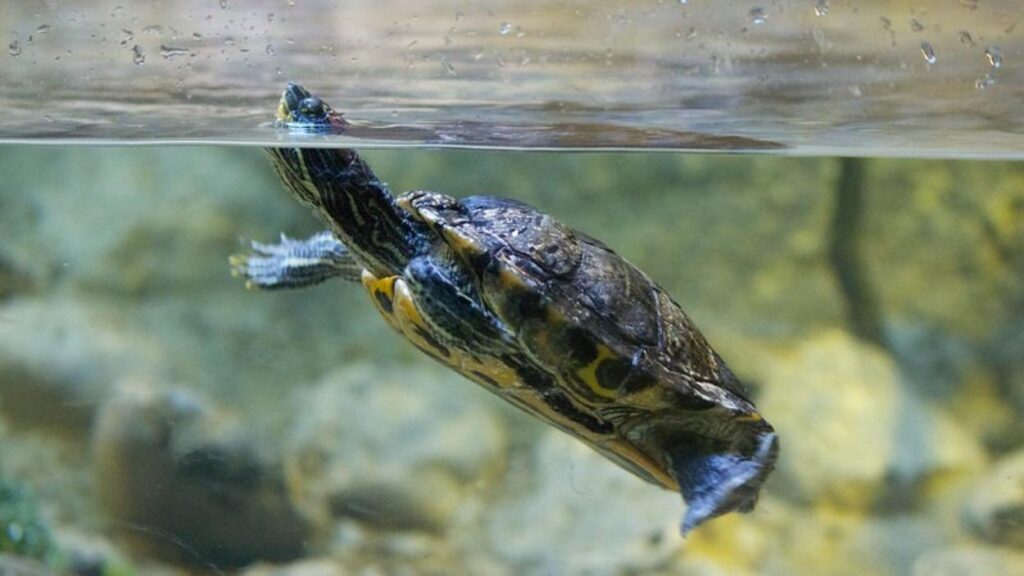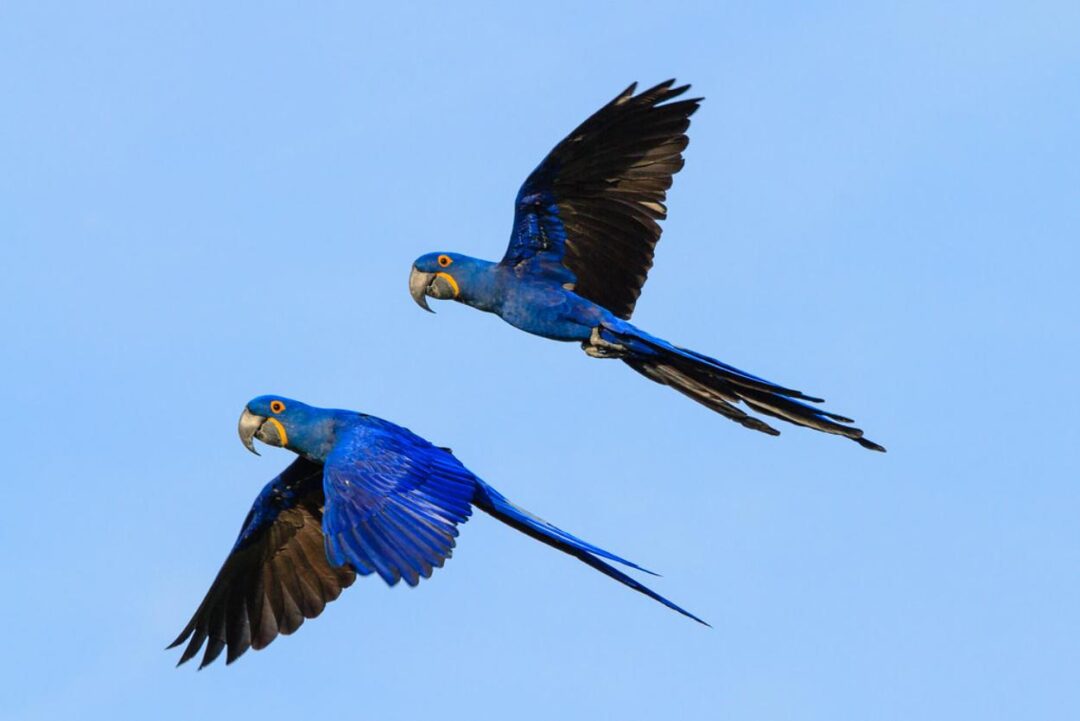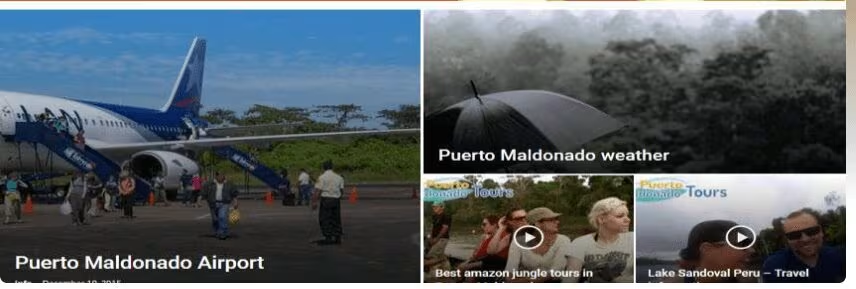Threatened Animals in the Amazon are not just creatures to be pitied—they are living treasures that hold the secrets of Earth’s greatest biodiversity. Deep in the heart of Peru, the Tambopata National Reserve stands as one of the most magical places to witness this diversity. But even here, the calls of rare birds and footsteps of elusive mammals grow fainter each year. In this journey through the Amazon and Tambopata, we’ll meet some of the region’s most threatened—and astonishing—animals, uncover their stories, and learn why their survival matters more than ever.
🐆 1. Jaguar (Panthera onca): The Phantom of the Forest
A Predator Under Pressure
The jaguar, the top predator in the Amazon, is both feared and revered. With its muscular frame, rosette-patterned coat, and piercing gaze, it symbolizes power in many Amazonian cultures. Tambopata is one of the last strongholds for jaguars, where they silently patrol the forest floor.

However, these majestic cats face increasing threats. Habitat fragmentation from illegal logging, gold mining, and agriculture is shrinking their territory. Jaguars need vast, uninterrupted tracts of forest to hunt and reproduce—but with forest patches disappearing, jaguars are running out of room.
Why They’re Essential to the Ecosystem
Jaguars are keystone species, meaning their presence helps maintain the balance of the entire ecosystem. By regulating populations of prey like capybaras and peccaries, they prevent overgrazing and support healthy plant regeneration. Without jaguars, the Amazon’s natural rhythm would fall out of sync.
Interesting Fact: Jaguars are excellent swimmers and often hunt in water, making them one of the few big cats that truly enjoy getting wet.
🦜 2. Hyacinth Macaw (Anodorhynchus hyacinthinus): The Blue Jewel of the Jungle
A Colorful Target
The hyacinth macaw is the world’s largest flying parrot and one of the most visually stunning, with deep cobalt-blue feathers and bright yellow facial skin. In Tambopata, they can occasionally be seen gliding above the canopy or crunching nuts with their powerful beaks.

Sadly, their beauty has made them targets for the illegal pet trade. Add to that the destruction of their nesting trees, especially the massive Mauritia palms, and their numbers have sharply declined across their range.
Hope Through Conservation
The good news? Conservation programs in Peru are helping by protecting nesting sites and working with local communities to monitor macaw populations. Ecotourism, especially around the famous clay licks of Tambopata, has also given these birds a new kind of value—one rooted in admiration rather than exploitation.
Interesting Fact: Hyacinth macaws form lifelong bonds and are often seen flying in pairs, sharing food and grooming each other affectionately.
🐒 3. Peruvian Spider Monkey (Ateles chamek): The Acrobats Losing Their Stage
Agile and Endangered
Peruvian spider monkeys are masters of movement, swinging effortlessly from tree to tree using their strong limbs and prehensile tails. These social primates live in large, complex groups and play a vital role in seed dispersal throughout the rainforest.
But they are among the most threatened primates in the Amazon due to their sensitivity to habitat change. Logging and agricultural encroachment fragment their forest homes, breaking the connectivity needed for their acrobatic lifestyle.
A Vanishing Performer
Unlike some monkeys that adapt to human presence, spider monkeys are shy and disappear quickly when disturbed. In Tambopata, sightings have become increasingly rare—a clear sign of their declining population. Protecting large forest corridors is essential if we want to keep these forest performers on the stage.

Interesting Fact: Their tails are so strong and flexible they can hang their entire body weight from just the tip, freeing up their hands to forage or groom.
🐢 4. South American River Turtle (Podocnemis expansa): The Time-Traveler in Trouble
Ancient Species, Modern Threats
Often called the “giant Amazon turtle,” this species has been around for millions of years. Females gather in large nesting groups along the riverbanks of Tambopata, laying hundreds of eggs in the sand. Unfortunately, those nesting grounds are now under constant threat.
Egg poaching, river pollution, and boat traffic are decimating their numbers. These turtles are slow to mature and reproduce infrequently, meaning population recovery is painfully slow.
Conservation That Floats
Local initiatives now protect key nesting beaches in Tambopata, monitoring egg hatching and working with communities to release baby turtles back into the wild. It’s a long game—but one that’s beginning to pay off.

Interesting Fact: Females travel long distances to return to the same nesting beach where they were born, guided by Earth’s magnetic field.
🐦 5. Harpy Eagle (Harpia harpyja): The Amazon’s Crowned Raptor
A Sky King in Peril
One of the largest and most powerful eagles on Earth, the harpy eagle dominates the rainforest canopy. With talons larger than a grizzly bear’s claws and a dramatic crown of feathers, it hunts monkeys and sloths with swift precision.
But these raptors need vast areas of untouched forest to hunt and nest—conditions that are increasingly hard to find. Logging in Tambopata and beyond has led to fewer nesting sites and a sharp decline in sightings.
Sky Sentinels of the Jungle
Harpy eagles are indicators of a healthy ecosystem. Where they thrive, so does the forest. Conservationists are now fitting these birds with GPS trackers to study their movements and better protect their habitats.
Interesting Fact: Harpy eagle pairs may use the same nest for decades, returning year after year to raise their young in the same massive tree.
🦎 6. Black Caiman (Melanosuchus niger): The Comeback Crocodilian
Once Hunted to the Brink
Once nearly wiped out due to overhunting for their prized skins, black caimans are now making a slow but promising comeback. These giant reptiles, which can grow up to 5 meters long, are top predators in Tambopata’s rivers and oxbow lakes.
Despite recovery efforts, they remain threatened by habitat loss, water pollution, and occasional illegal hunting. Their reputation as dangerous doesn’t help their conservation image, though attacks on humans are exceedingly rare.
Protecting a River Guardian
Black caimans help control populations of fish and aquatic animals, keeping freshwater ecosystems in balance. Night tours in Tambopata now frequently include caiman-spotting, turning them into valuable allies in wildlife tourism.
Interesting Fact: Their eyes reflect light at night, which makes them easy to spot with a flashlight on river tours.
🦧 7. Giant Otter (Pteronura brasiliensis): The Playful Sentinel of Rivers
Family First, Always
Giant otters are extremely social animals that live in tight-knit family groups and communicate with a wide range of vocalizations. They are an endearing highlight of Tambopata’s waterways—playful, curious, and fiercely protective of their young.
Unfortunately, they are extremely sensitive to human disturbance. Gold mining, boat noise, and mercury pollution have drastically reduced their numbers in parts of the Amazon.
Conservation Through Community
Several protected areas around Tambopata now enforce quiet zones along key otter habitats and encourage tourists to observe from a respectful distance. Local guides often name the otters and follow their family dynamics like a wildlife soap opera.
Interesting Fact: Each otter has a unique throat patch, like a fingerprint, which researchers use to identify individuals.
🌳 What’s Causing These Threats?
Habitat Destruction
Deforestation is the leading threat to Amazonian wildlife. Roads, agriculture, illegal logging, and mining rip apart the continuous forest needed by most species. Fragmentation doesn’t just reduce territory—it isolates populations, making it harder for animals to breed and find food.
Climate Change
Changes in rainfall patterns, temperature, and river flows are reshaping the Amazon. Some species can’t adapt fast enough. Amphibians, reptiles, and birds are especially vulnerable to these sudden environmental shifts.
🌱 Why Tambopata Matters
A Biodiversity Powerhouse
Tambopata National Reserve is a conservation jewel. With over 1,000 butterfly species, 600 bird species, and hundreds of mammals, reptiles, and amphibians, it offers one of the highest levels of biodiversity on Earth. Protecting Tambopata is crucial—not just for Peru, but for global conservation.
A Model for Sustainable Tourism
Tambopata is also a beacon of hope. Local lodges, researchers, and indigenous communities work together to protect the forest while offering tourists unforgettable wildlife encounters. This eco-conscious tourism model shows that it’s possible to balance economic growth with environmental care.
🐾 What You Can Do
Visit and Support Responsibly
By visiting places like Tambopata with ethical tour operators, you contribute directly to local conservation. Choose guides and lodges that follow sustainable practices and support reforestation, clean energy, and wildlife monitoring.
Spread the Word
Education is powerful. The more people who know about the plight of the Amazon’s threatened animals, the stronger the call for action. Share what you’ve learned—because awareness leads to action.
💚 Conclusion: A Future Worth Fighting For
The Amazon is not just a rainforest. It’s a symphony of life—raw, untamed, and irreplaceable. The “Threatened Animals in the Amazon” we’ve explored today are more than conservation icons—they are storytellers of a disappearing world. But if we act now, with intention and optimism, that world doesn’t have to disappear. In places like Tambopata, hope is not just surviving—it’s thriving. Let’s keep it that way.


